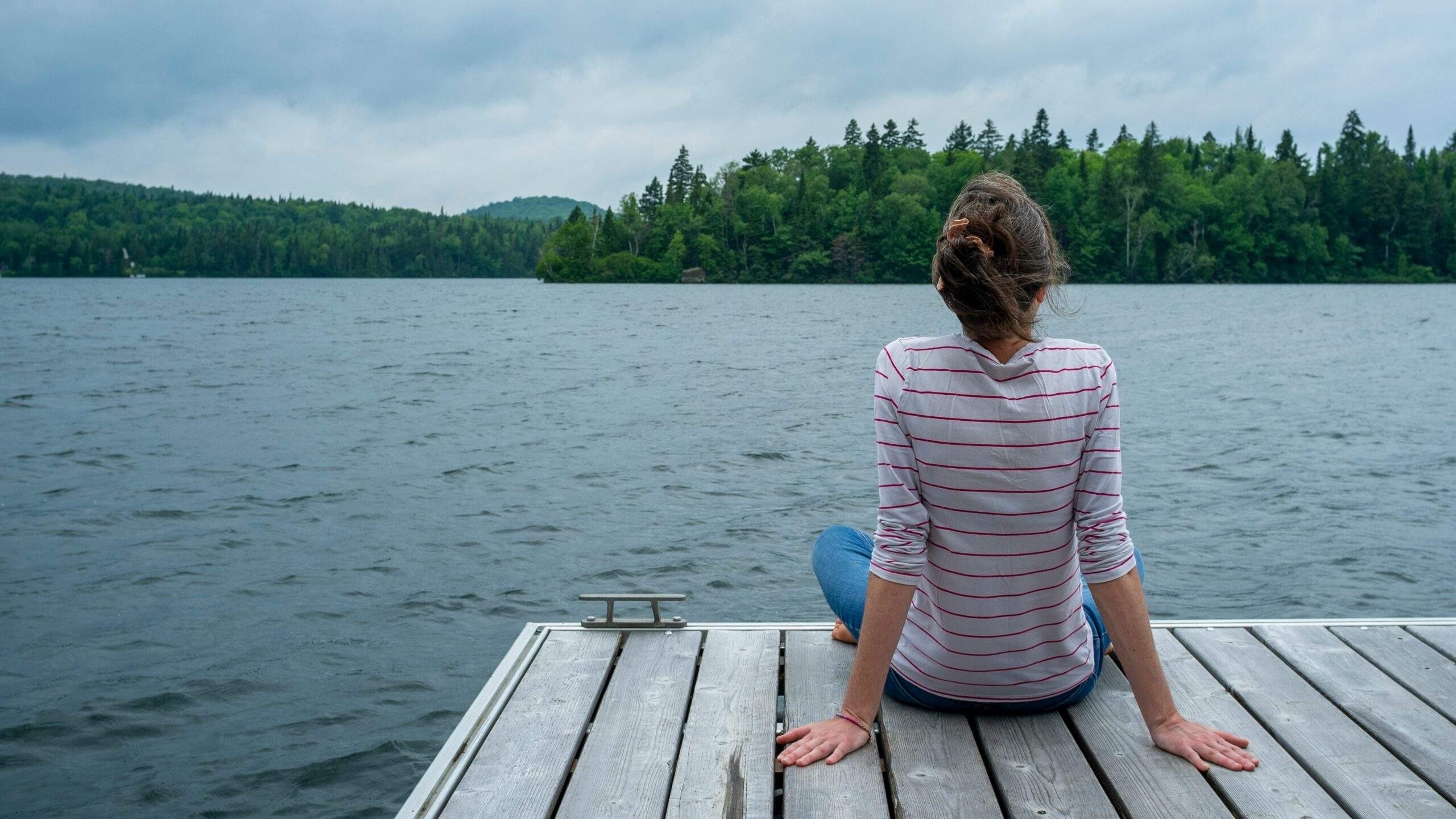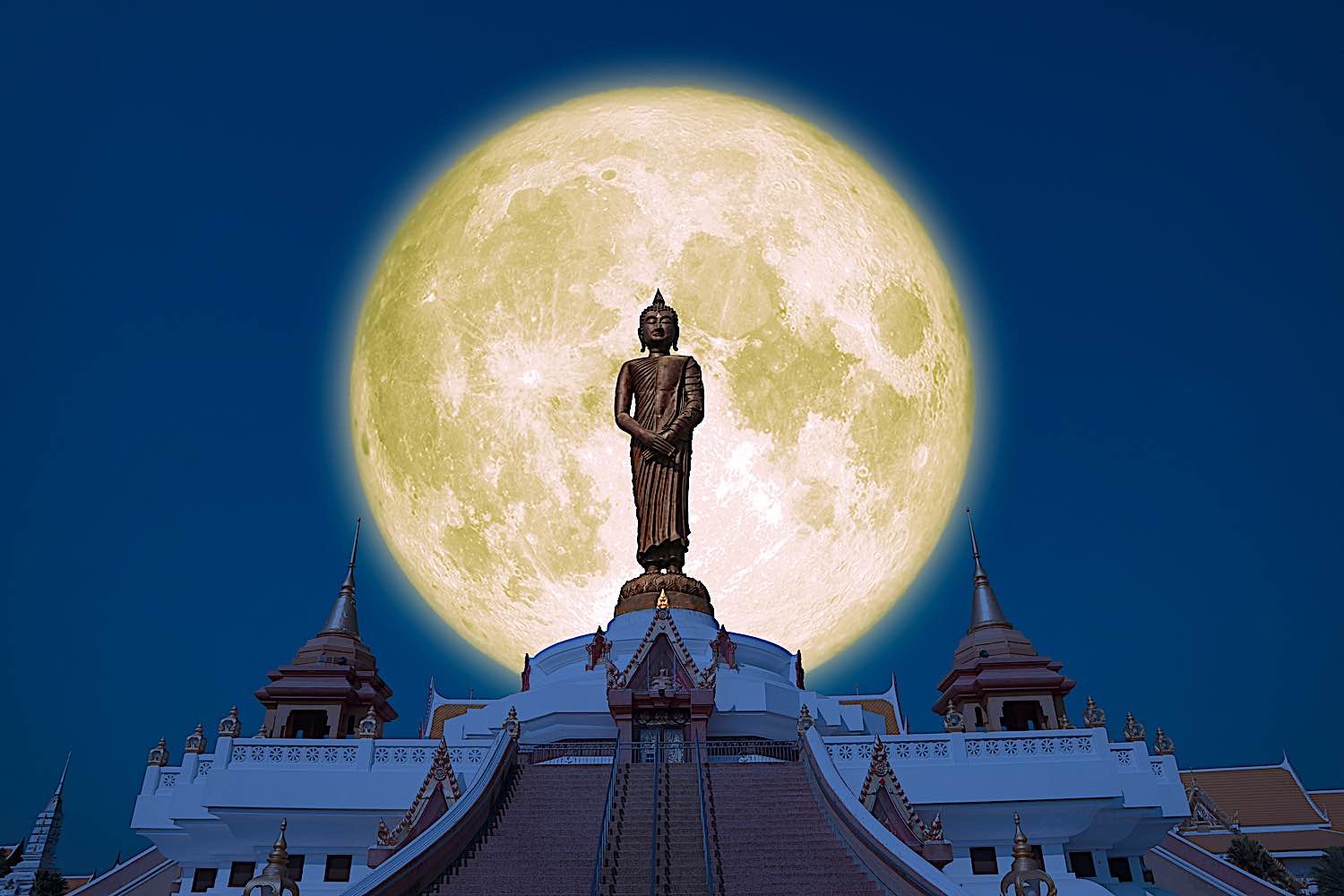The Power of Finding Love Without a “How To” Formula
“Know all the theories, master all the techniques, but as you touch a human soul ,be just another human soul.” ~Carl Jung For years, I poured myself into learning about love, relationships, and personal growth. I read every book...


“Know all the theories, master all the techniques, but as you touch a human soul ,be just another human soul.” ~Carl Jung
For years, I poured myself into learning about love, relationships, and personal growth. I read every book I could get my hands on, signed up for countless classes, and surrounded myself with affirmations, tools, and techniques that promised me the keys to love. I was on a mission, convinced that with enough knowledge, I could finally unlock the door to a successful, fulfilling relationship.
But no matter how much I learned, how much I transformed my mindset, or how many positive affirmations I repeated, the pieces never quite fit together the way I expected them to. The advice seemed sound, and the changes I made felt empowering—yet when it came to matters of the heart, the answers were often elusive.
Despite my best efforts to engineer a perfect love life, I had been trying to control something that ultimately falls beyond any framework, theory, or technique.
In that moment of realization, I finally understood the true meaning behind Carl Jung’s words. Although he originally used this quote in his work as a psychologist, highlighting the importance of connecting with others on a profound, human level, I now see how deeply relevant it is in romantic relationships. I needed to meet myself on a human level before I could meet others.
Love, much like life, cannot be mastered through intellect alone. It’s not about perfecting a set of rules or following a specific formula—it’s about surrendering to the mystery of being human together, with all our imperfections and strivings.
The Pursuit of Perfection
When I first set out on my journey to “become the one” or to “attract the one,” I was searching for the magic formula that would guarantee my ideal relationship. I believed that if I mastered the right mindset, practiced positive thinking, and applied the latest dating strategies, love would be inevitable.
But somewhere along the way, I began to lose sight of the fact that love is not a destination—it’s an experience. And that experience doesn’t unfold because of the most polished version of myself; it emerges when I allow myself to be authentically human.
Inadvertently, I became misdirected, shifting from living in the moment to striving to solve a puzzle. The irony was that in my pursuit of perfection, I grew more disconnected from my true self. I wasn’t seeking a genuine connection with another soul; I unconsciously focused on proving to myself that I could solve this.
The Limitations of the “How-To” Guides
The more I studied, the more I realized that everything I learned about love came from the perspective of doing. These guides, books, and seminars taught me how to behave, think, or feel in order to attract or maintain love. But none of it resonated with the most important aspect of love: being.
Love cannot be controlled by a set of principles or techniques. We cannot engineer chemistry, force someone to be the right partner, or create lasting connection through willpower alone. And that’s where I went wrong.
No matter how much I pushed, tweaked, or optimized myself, something was always missing. And that missing piece wasn’t about improving or refining myself—it was about surrendering to the mystery of love.
What I needed was a genuine connection to my own heart—raw, messy, vulnerable, and human. It’s about stepping away from our minds and allowing ourselves to engage with each other, body and soul, as the beautiful, complex beings we naturally are.
Learning the Book Intelligence, But Bringing My Body Along
I spent years absorbing the wisdom of books, thinking that knowledge would be the key to unlocking love. But while my mind was soaking in all this information, my body was still trailing behind, stuck in old patterns. I realized that no amount of intellectual understanding could transform those deeply ingrained emotional and physical responses.
And so, I began to lean into them.
I began to acknowledge my compulsions—those deep, visceral urges I had to seek out drama, romance, and even toxicity. I recognized how I had often fallen into a pattern of addiction to love, driven by an unconscious need to feel validated or to save someone else in order to feel worthy.
What I came to realize is that we are all, in some way, on the spectrum of addiction shaped by our culture.
This time, instead of fighting or ignoring those patterns, I chose to work with them. I stopped trying to intellectualize everything and started to listen deeply to my body. I allowed myself to sit with the discomfort—to feel the tension, the longing, the ache—and explore the deeper emotions behind these patterns.
It felt like I was standing on the edge of the deepest, darkest caverns of my soul, this little girl peering into them, unsure of what I might find. But I knew that to move forward, I had to face what lay within, no matter how frightening it seemed. I allowed myself to feel beyond the fear, pushing past the reflexive bracing that usually stopped me before. Slowly, I began to make peace with them, acknowledging that these were parts of me that needed compassion and companionship.
By accepting and tending to my body’s responses, I started to shift the emotional energy that had previously held me captive. The more I worked with my body’s sensations, the more I realized that true healing in love doesn’t just come from the mind; it comes from integrating the mind, body, and heart.
Addiction and the Conditioning of Love
One huge piece I began to understand as I worked through these emotional patterns was that we are often primed by the world around us to seek out high-intensity emotional experiences, particularly when it comes to love. Our modern world, especially the fast-paced nature of dating today, has trained us to want immediate gratification—both emotionally and physically. We live in such a sensory-driven world that we might not even realize the degree to which we are conditioned to seek intensity in every moment.
It was like I needed to treat my emotional healing and body healing as a twelve-step process, detoxing from the patterns of seeking quick fixes and instant validation, and instead, focusing on building something deeper and more sustainable.
It was only when I fully embraced those emotions, instead of avoiding or rushing past them, that a shift occurred. Yes, intellectually I knew the difference, but I had to work with the pulls of my nervous system differently. My body was responding to the signals of “connection” in these instances, but I needed a new discernment about what I was really feeling.
I began to understand that the addictive pull of romance, drama, and excitement was not the same as true connection. True connection takes time and effort to build—it requires patience, vulnerability, and trust, rather than the constant chase for external validation and peak experiences.
The Mystery of Divine Timing
As I began to untangle myself from the addictive cycles of modern romance, I came to realize something even deeper: the magic of divine timing. The pull of romantic desire, with its highs and lows, was no longer the driving force in my life. Instead, I began to see that the beauty of love is not in the chase, but in the quiet, mysterious unfolding of life.
Divine timing has a way of making us appreciate the journey, the waiting, and the uncertainty of love in a way that we cannot predict. We cannot force love, rush it, or manipulate it into being.
But when we allow ourselves to be—when we integrate the mind, body, and heart—we create space for the kind of connection that truly resonates with our soul.
There is sadness in this mystery, yes. The uncertainty, the longing, the waiting—these are all part of the human condition.
But there is also aliveness in it.
It is this space of not knowing that teaches us to love harder, to trust deeper, and to embrace the present moment as it is.
Divine timing is not about waiting passively, but about trusting that when the time is right, love will find us. And when it does, we will be ready—not because we’ve perfected ourselves or our circumstances, but because we’ve learned to lean into the process, to feel every moment deeply, and to trust that love will come when it’s meant to.
Letting Go of the “How-To” and Embracing the “Being”
There’s a profound difference between pursuing love through strategies and opening yourself to love by simply being yourself. The former can leave you drained and disconnected from your authentic self, while the latter allows space for genuine connection to flourish naturally.
When I let go of the idea that I had to do something to make love work, I started to experience relationships in a completely new way. I learned to trust the ebb and flow of connection, allowing the journey to unfold as it was meant to.
I also began to see love in a more mindful way—no longer limited to romantic love, but as something multidimensional and all around me. Those tender moments of pure kindness, warmth, or generosity from anyone, anywhere, reminded me that I am a human being, not a human striving.
As I reflect on the lessons I’ve learned, I see that being a “human soul” means embracing the unknowns of life—especially in love. No amount of preparation or knowledge will guarantee a perfect relationship.
What matters most is that we show up as our true, vulnerable selves. And when we do, love will find us—not as a result of our efforts to attract it, but because it’s part of the natural flow of life.
Simply Be Human
Carl Jung’s words ring truer now than ever: we can know all the theories, master all the techniques, but at the end of the day, we must allow ourselves to simply be human. Being a “human soul” also means allowing others to be human souls too—seeing their messiness with grace, accepting their flaws, and not trying to mold them into something they are not.
It’s about embracing the beautiful chaos of being human, both in ourselves and in others. The journey toward love isn’t about achieving perfection or solving a puzzle. It’s about being present, trusting the process, and embracing vulnerability. It’s about letting go of the need for control and trusting in divine timing.
The irony is all the “how-to” guides and strategies for love can only take us so far. At some point, we need to move beyond following instructions and allow ourselves to experience love fully—raw, unfiltered, and human, from the inside out.
I’ve found a deeper connection happens when we integrate our heart, mind, and body—when we stop compartmentalizing and let all parts of ourselves be present.
It’s about feeling deeply, thinking honestly, and being grounded in our physical experience. When we show up with this kind of alignment, love is no longer something to chase or achieve but something that flows naturally from within.
I think it’s beautiful—almost transcendent—to think about love this way, as something that exists in the rawness of our true selves, not in some idealized version of who we think we should be or a checklist to be marked, but the power of connection and the incredible expansion it brings when it happens.
![]()
About Emily Brown
Emily Brown is a trauma-informed REBT mindset coach, MBSR-trained mother, writer, podcast host, humanities professor, and communications expert. With a master’s degree in Women’s Studies and English from Old Dominion University and a certificate in positive psychology from UC Berkeley, she explores relationships, parenting, and the power of language in shaping values. Her work combines academic rigor with real-world experience. EmilyBrownConsulting.com
See a typo or inaccuracy? Please contact us so we can fix it!

 Lynk
Lynk 































.jpg)